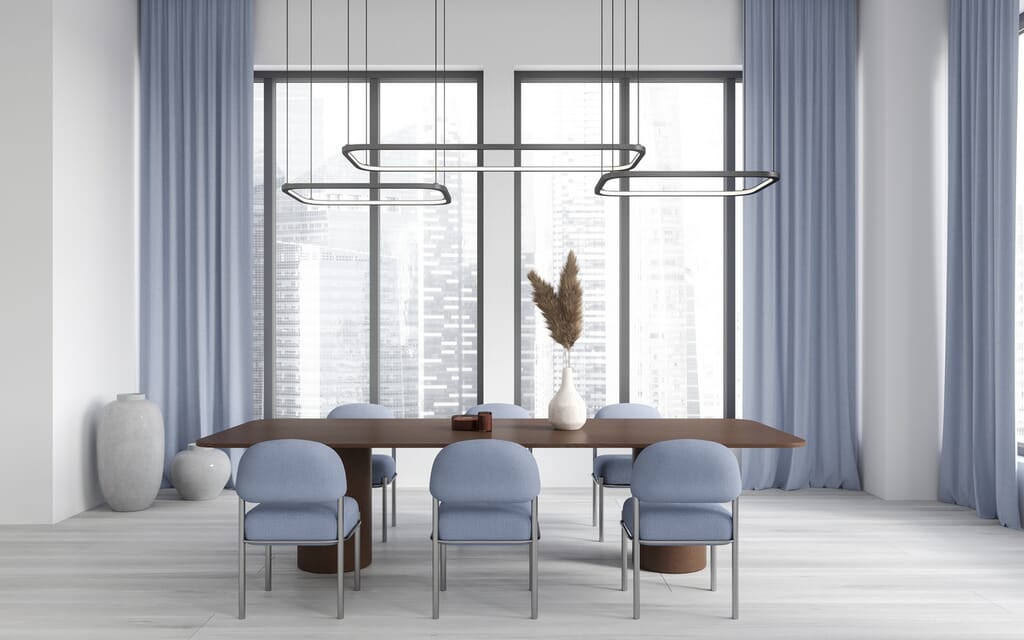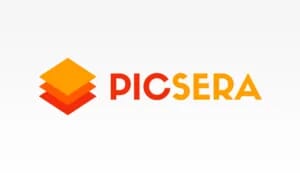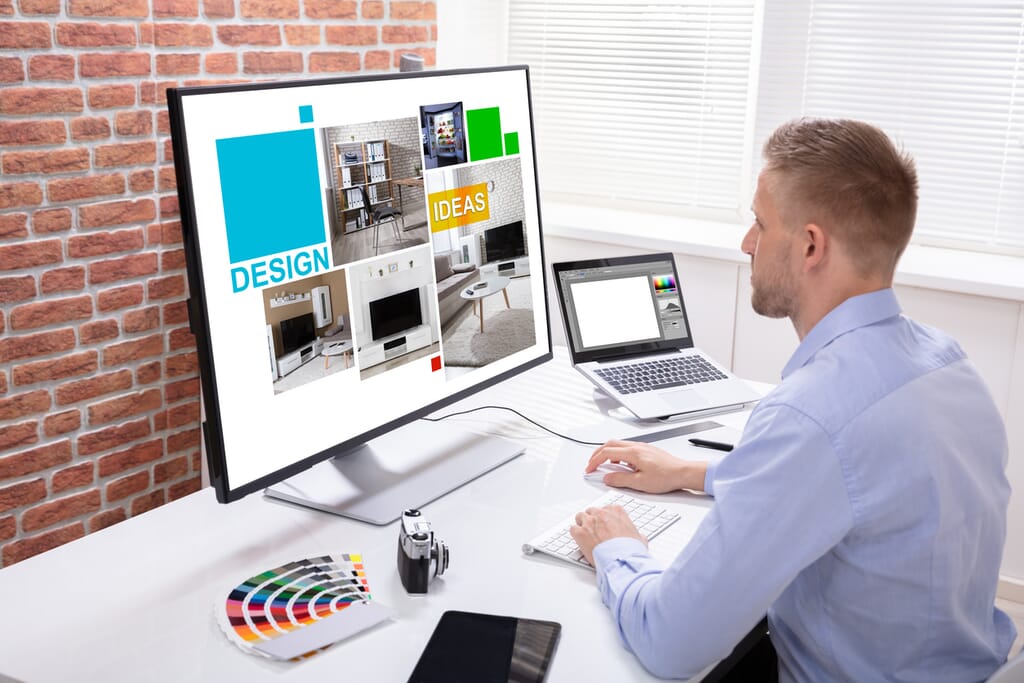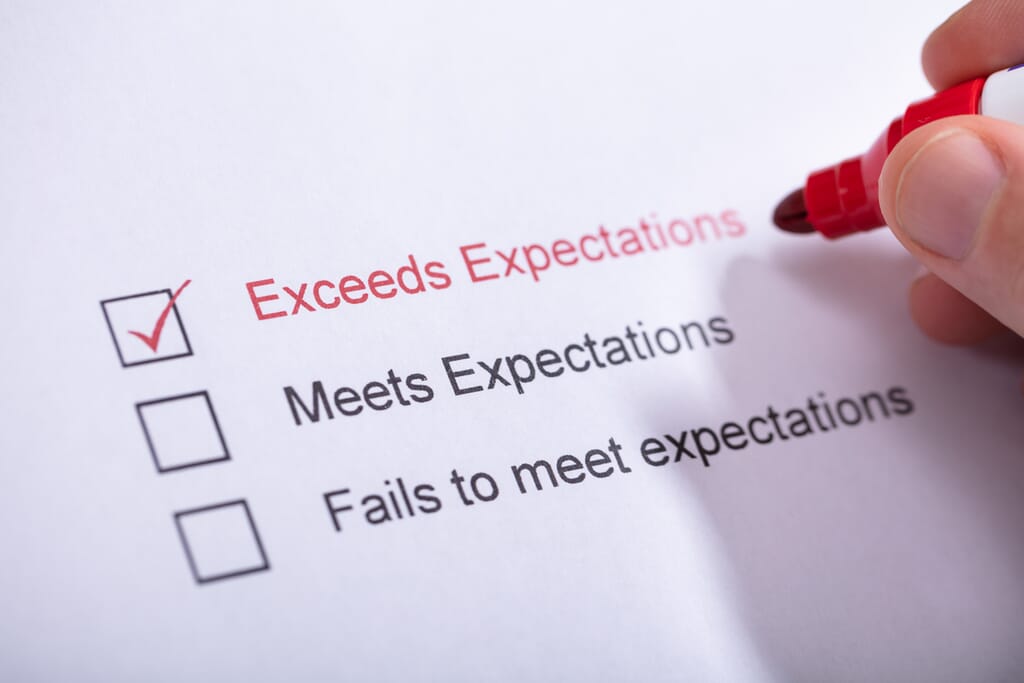Real estate photography has a short life cycle. Beyond posting on the MLS (Multiple Listing Service) or other listing websites — Zillow, Trulia, Realtor.com, Redfin.com, etc. — when a homeowner or real estate agent is trying to sell a house, the photographs have a very short life and use.
Potential homebuyers visit the listing websites and check out the photos of dozens of houses. They shortlist three or four houses based on the features they like the most. Then, they visit the houses on their shortlist, look around, and buy the one they like best. Once this process is over, the photographs are forgotten.

While real estate photography focuses on the space, architecture photography focuses on the design. Hence, although the subject is the same, the focus is different.
In real estate photography, the primary importance is to capture all the spaces in a house. However, in architecture photography, highlighting the design details that make a property look aesthetically pleasing is of utmost importance.
This in-depth blog covers the main differences between real estate and architecture photography and the opportunities they present in expanding your business, what you can expect in the way of pricing, the contrasting approaches to the work and what to expect when you’re on site, and the main tasks involved in post-processing.
#1: Pricing Structure — Why Is Architecture Photography So Expensive?
Real estate photographers typically charge by the square footage of a house. The pricing structure is fixed, and the pricing expectation is clear.
For instance, if a house is 2,000 square feet, a real estate photographer will charge $200 or a slightly higher price, depending on the distance of the house from their workplace. They might offer to deliver 25 to 30 images and maybe work for an hour or an hour and a half, depending on what they are comfortable with.
A real estate photographer will have a tiered price list. That is, the price will be higher for a bigger house and lower for a smaller house. The price list is published on the photographer’s business website or sent to the client via email. They also specify a time limit for each shoot.

Unlike an architecture photographer, a real estate photographer works fast and captures 20 to 30 photos of the various spaces in a house within an hour. The homeowner or the real estate agent who hires the photographer will need to keep the house free of clutter.
On any given day, a real estate photographer would have taken up multiple assignments. Hence, they will not move any furniture, appliances, or other items during the shoot to capture optimal shots. Time is a crucial element, and the photographer will spend minimal time on each shot. They try to cover the entire house as fast as possible and move on to the next shoot.
Architecture shoots are expensive because architecture photographers charge by the hour. Each gig takes several hours or even days to complete, and the total project cost range is $1,500 to $15,000 or even higher.

Outsource Photo Editing Services
Picsera offers photo editing and retouching, so you can focus on your business instead. Spend a fraction of the cost, time, and effort of photography with Picsera. Click here to find out more.
Why Architecture Photography Is Priced on a Per-Hour Basis?
An architectural photographer takes the time to understand the whole story. In every image they capture, they strive to reveal the true intention behind the design and purpose of every space. A lot of thoughtful composition and light and color evaluation goes into the way they express this story.
Sometimes, they incorporate human presence into their images to present a better sense of scale and naturalism. They also process the images so that the audience isn’t distracted by any flaws or abnormalities and can concentrate on the exceptional quality of the subject.
#2: The Time Investment in Capturing the Desired Shots
Architecture photography is work-intensive. In terms of time investment, architecture photography projects typically take several hours or even a few days to complete, whereas real estate projects take only a few hours. Architecture photographers bill by the hour and their rates can be as high as $200 per hour.
Compared to real estate agents, architecture clients have higher budgets, and they don’t mind the higher time investment. For them, it’s about getting the specific shots they want for their marketing campaign.
The upside of real estate photography projects is that reputable realtors represent repeat business for photographers.
Since there’s a lot more work on-site, architectural photographers charge by the hour. For instance, when the photographer first shows up on-site, they could be doing a walkthrough with the client. The photographer could even be capturing each shot with the supervision of the client, as the client would be looking for specific material for their marketing ads.
The creative expertise of an architectural photographer will be clearly evident on-site during the shoot. The photographer will take a set of images and blend them together by using surrounding light for shadows and flashes for texture.
Real estate photography is essentially aim and shoot. However, architectural photography is more complex and encompasses a larger area. Multiple exposures will be needed for each shot to get the desired results.
In an architecture photography session, it takes about 20 to 30 minutes to capture a single photo. They use this time to capture multiple exposures and make design adjustments to blend together in the post-production step. On the contrary, a real estate photographer works fast and can possibly capture a dozen photos in this time interval.
#3: Editing the Captured Images
In a real estate photography project, editing includes noise reduction, lens correction, perspective correction, object removal, and reflection removal. But when it comes to editing the captured images or, for that matter, even capturing images, you’re going to do a lot on-site in an architecture photo shoot.
For instance, imagine you need to take the photo of a large table in the living room. Your client might want the surface of the table to look a certain way. So, you might end up blocking light from the window or the light source at some places to get the desired shot.

Since the client is looking for marketing material, they’d want you to spend that extra time to get the perfect shot. Sometimes, a single shot can take 30 minutes. But you’d never need to do that for a real estate listing.
In real estate photography, you’ve got a time limit. The agents are impatient, and so are homeowners. Therefore, you have to hurry up and complete the shoot fast. You’re there for an hour or two, and you’re going to get paid a fixed price.
However, architectural photography is different. You have the luxury of time, as the clients are more sophisticated and willing to invest extra time to get the desired results.
In an architecture photo shoot, the client is happy to spend more time and work side by side with the photographer and review images as they are being taken. Unlike in a real estate photo shoot where the photographer will mostly work alone, there’s more collaboration and instant feedback provided by the customer. Often, the customer is also a person with graphic design and marketing skills.
In architectural photography, complex retouching can command additional fees. Architectural photo retouching can be as high as two to three times the amount spent onsite capturing footage. Some of that time can be line itemed as additional retouching charges as design customers often request more complex edits.

As shown in the image above, if there are reflections of light on the granite backsplash wall in the kitchen, your client may request you to remove the little reflections. These little details matter a lot in both real estate and architectural photography projects. In fact, a lot of retouching needs to be done in both projects to enhance images.
In an architectural project, you will need to bill the client for an additional hour of work if editing this image would take you that long. When you send your quote, your client could decide if they want to have that extra editing done.
The main technical difference between the projects is that a lot of exposure blending needs to be done in architecture compared to real estate photography. An important point to note is that automation cannot be used to do the blending. It must be done manually in Photoshop.
#4: Client Expectations in Terms of the Type and Quality of Images

Client expectations for real estate photography services are more straightforward but not necessarily easy. A real estate agent or homeowner would have already seen your portfolio and understands the real estate images you deliver. The variance in expectation levels is low, and the client knows the image quality will be directly proportional to the price they pay.
The standard price for real estate photography services ranges from $200 to $300. Photographers at the lower end charge even less. While low-priced packages start from $99, premium packages that include drone shots will cost around $500.
Architecture photography is a different ball game. Whether it’s architects, builders, stagers, or interior designers, they all have different expectations.
Some interior designers might just want standard real estate photographs. They might want you to capture the whole space. And they might not be fussy about the details. Then, you’ll work with clients who may want one big shot of whatever project they completed, and they’d want you to break the project down into various details.
That’s the reason you need to have a detailed discussion with the client before you start shooting for an architectural project. Do as much as you can in preparation for the shoot. Try to understand the primary purpose for which the delivered images are used.
Talk with the client and understand what exactly they’re looking for. Make a list of all the items you need to shoot. This approach will allow you to schedule enough time to tick off all the items on your list. You can also use your time optimally while you’re shooting. And you’ll also need a lot more equipment for an architecture shoot.
Most architectural photography clients will review the final images and ask for minor edits. Whether you quote by the hour or for the whole project, you need to factor in the expectations of the client and price accordingly.
#5: Composition and Post-Processing Requests
Post-production is a critical step, as it allows you to see all the images you’ve taken, study them carefully, and select only your best shots. In architecture photography, since the client has a larger budget, you can use your creative flair to make your images unique.
In real estate photography, aerial shots provide potential buyers with a bird’s-eye view of the property, the surrounding landscape, and its proximity to amenities. However, in architecture photography, the devil is in the details. So, you must make sure that your final images are accurate, sharp, and clean.
In both projects, you must pay close attention to the exposure, white balance, focus, and alignment of your shots. Edit your images with utmost care using Lightroom or Photoshop.
Use post-processing to enhance the clarity, saturation, or contrast of your images. You can also correct any noise, distortion, or color issues. But don’t overdo it. It’s important to retain the authenticity of your work. Avoid over-processing at all costs because it may result in an exaggerated look.
In real estate photography, it’s uncommon for the customer to ask you to hide defects in the property, as that would be considered false advertising. Scratched walls, missing paint, and evidence of water damage can’t be concealed. That being said, realtors and homeowners ask for sky and grass replacements to make the images come to life and these type of image enhancements are completely allowed by realtor associations.
However, in architecture photography, any type of image manipulation is allowed. Some retouching examples requested by architecture photographers that real estate photographers don’t want to include the removal of light switches and electrical outlets.
In most architecture photography projects, you might need to do quite a bit of cropping and resizing. Some of the companies may also ask you to put their branding on the final approved images. For instance, they might request that you include the company logo in the images.
Post-processing can be time-consuming and tiring. You can save valuable time by outsourcing your work to professional editors. Click here to get a quote. Use the time you save to find new clients and plan new photo shoots.
Summary
A real estate photo shoot takes less time. You can complete three or even four gigs in a day. But an architecture photo shoot is artistic and more time intensive. A lot of effort is needed behind the scenes to get the desired final images. In a real estate photography project, it’s much easier to get the desired final images.
Need help with editing photos? Let us do the work for you. Start your FREE trial today!
Your email address…

Picsera was founded in 2014 by David Sinai, a serious ameteur photographer who spent the first 20 years of his career working in the financial technology space. With a track record of building innovative solutions and working with offshore partners, David started Picsera to help photographers work more efficiently by enabling them to outsource their image editing. With very affordable rates and incredibly fast turnaround times, photographers from a variety of industries (eCommerce, real estate, weddings and portrait studios) enjoy larger, more successful businesses while still maintaining more time for their families, friends, and hobbies. Today, David and his team at Picsera assist all kinds of content creators with 3D modeling and rendering and video editing. When David is not working you’ll find him spending time with his family, mountain biking, or capturing landscapes throughout South Florida with either his pro cameras or drone.


